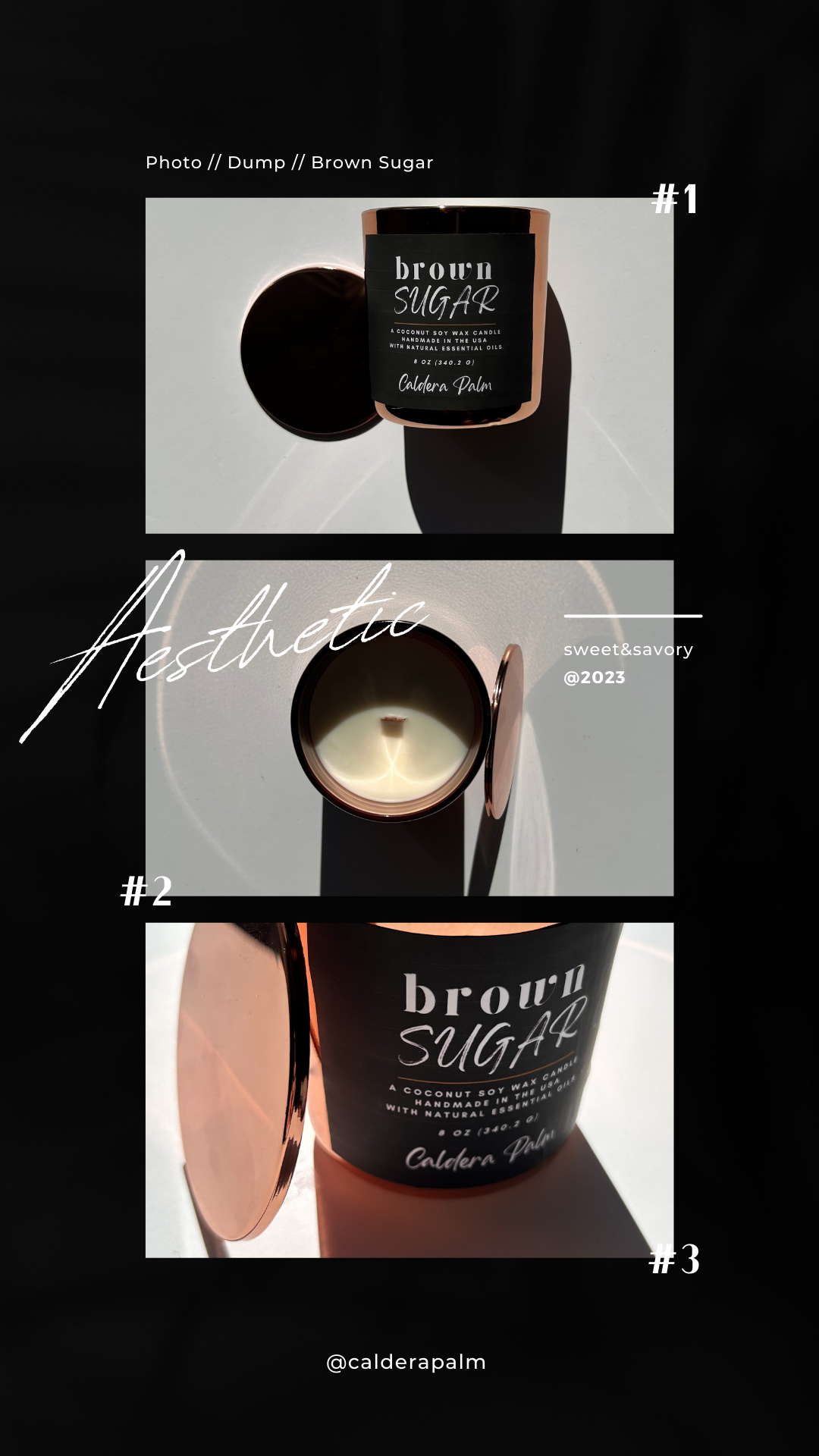Who doesn't love the warm and cozy ambiance that candles bring to a room? From lavender to vanilla, there's a scent for every mood and occasion. But before you light up your next candle, have you ever thought about what's inside that little jar?
Candles have been a staple in our homes for centuries, providing light, fragrance, and ambiance. However, many store-bought candles contain harmful ingredients that can negatively impact our health and the environment. Here are some of the most common harmful ingredients to watch out for:
-
Paraffin Wax: Made from petroleum, a by-product of crude oil, paraffin wax releases toxic fumes when burned. These fumes can contain harmful chemicals such as toluene and benzene, which can irritate the eyes, nose, and respiratory system. These fumes have been linked to respiratory problems, headaches, and other health issues
-
Lead Wicks: Lead wicks were commonly used in candles before they were banned in the U.S. However, some imported candles may still contain lead wicks, which can release toxic lead fumes into the air when burned.
-
Phthalates: These chemicals are used to make fragrances last longer and are often found in scented candles. They can disrupt hormones and have been linked to reproductive and developmental health problems.
-
Synthetic Fragrances: Many candles contain synthetic fragrances that can release volatile organic compounds (VOCs) into the air. These chemicals can cause headaches, dizziness, and respiratory problems. These fragrances are often made with harmful chemicals and can trigger allergies, headaches, and other health issues. They can also harm the environment when they're released into the air.
-
Dyes: Some candles contain dyes to add color, but these can also release toxic fumes into the air when burned.
To reduce your exposure to these harmful ingredients, look for candles made from natural materials such as beeswax, soy, or coconut wax. These candles are not only better for your health but are also more environmentally friendly. Additionally, look for candles with cotton wicks, and avoid candles with synthetic fragrances or dyes.
Candles may seem like a simple and harmless addition to your home décor, but many contain harmful chemicals that can have a negative impact on your health and the environment. That's why it's crucial to check the ingredients before making a purchase.
Here are some of the things to look out for:
-
Look for candles made from natural materials such as beeswax, soy wax, or coconut wax. These types of candles not only burn cleaner and longer than petroleum-based candles but also release fewer harmful chemicals into the air.
-
When purchasing candles, be sure to check the label for information on the materials used. If you are unsure, do a little research and find out more about the brand and the products they offer.
-
Another option is to make your own candles using natural materials. This way, you have control over the materials used and can be sure that your candles are free from harmful chemicals. (The option we took!)
-
Another great option is to look for candles made with essential oils. These candles not only smell great but also have natural aromatherapy benefits.
Candles are a popular home accessory that not only provides light but also sets the mood and fragrance. Since many candles are made from petroleum-based wax and contain synthetic fragrances, which can emit toxic fumes when burned, I cannot stress the importance of choosing your candles wisely. By choosing candles made from natural materials, you can enjoy their benefits without compromising your health or the environment.
The dangers of these candles are not well known, but the chemicals released from the candles can have harmful effects on the environment and human health. Some of the toxic chemicals that can be released from candles include benzene, toluene, and formaldehyde. These chemicals can cause respiratory problems, headaches, and other health problems.
In conclusion, candles can be a great addition to your home, but it's important to be mindful of the ingredients they contain. Before you light up your next candle, take a few minutes to check the ingredients. Your health, and the environment, will thank you for it!

